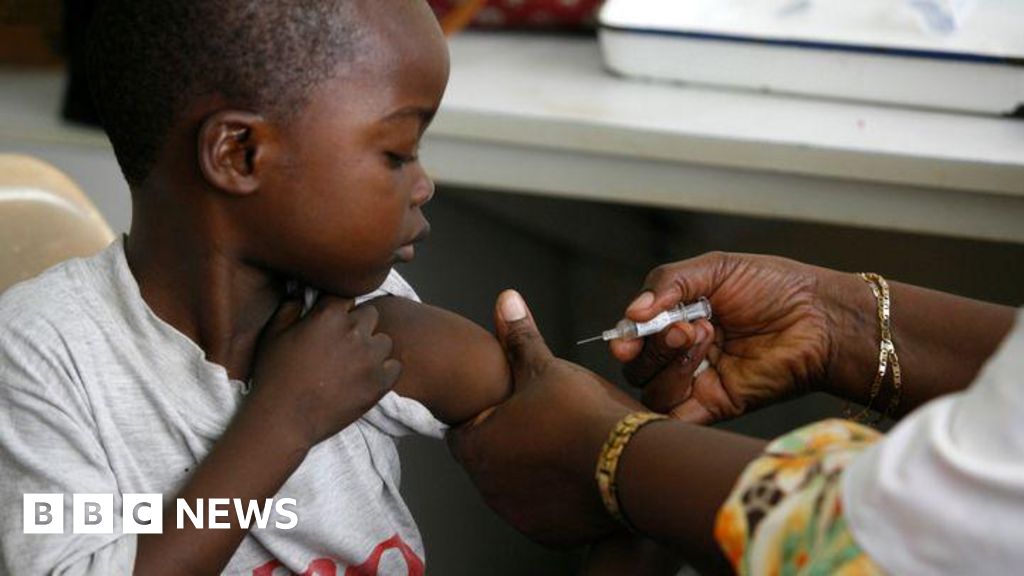Getting a probe to the icy giant planets takes some time—a journey to Uranus could take as long as 13 years, even with a gravity assist from Jupiter. However, several ideas are in the works to speed up that process, especially given the increased interest in sending a probe their way.
One of those ideas is to use an aerocapture system to slow a probe down once it reaches its intended target.
A new paper by Andrew Gomez-Delrio and their co-authors at NASA’s Langley Research Center describes how a proposed Uranus Orbiter and Probe (UOP) mission could utilize the same aerocapture technology that Curiosity used to dramatically improve both the speed and payload capacity of the mission.
Using an aerocapture system for an icy giant mission has several advantages. First, as mentioned above, it can dramatically decrease the necessary travel time to get there.
Some estimates suggest the travel time could be as much as halved, but at the very least, it would shave years off the journey. Second, it increases the percentage of payload that can be utilized for the primary mission rather than as propulsive fuel to get there. The third advantage is the propulsion system’s decrease in size and complexity.
All those advantages make an aerocapture system sound like a good addition to any mission to Uranus, so what’s the catch? Developing such a system would typically take years and cost millions of dollars. But, according to the paper, there’s no need for that—project engineers could just slightly modify the aerocapture system used to successfully deliver the Mars Science Laboratory—better known now as Curiosity—to the surface of the red planet.
Despite the seemingly very different nature of the two missions, the aerocapture system could be essentially the same. Formally, it is known as the Thermal Protective System (TPS).
Its main component is Conformal Phenolic Impregnated Carbon Ablator (CPICA), a material commonly used in heat shields due to its low density and thermal conductivity. Despite being very porous, it is one of the best materials for protecting spacecraft from the heat they suffer upon reentry into a planet’s atmosphere.
Or, in this case, as it passes through a planet’s atmosphere. The intention with the Uranus probe isn’t to stop in the planet’s atmosphere but to travel through it, using its slowing effect on the spacecraft as a type of brake.
In a typical scenario, the TPS would either come down with the spacecraft itself once it had been sufficiently slowed or be jettisoned as the spacecraft makes its way onto the surface of another planet. In the UOP’s case, it would jettison the TPS before settling into a stable orbit around its target planet.
But the aerocapture system is only one part of the overall thermal management of the spacecraft, and the paper by Dr. Gomez-Delrio considers several other systems, such as fancy types of insulation and constant conduction heat pipes running heat from the several radioisotope thermal generator power systems out to the rest of the mission hardware.
The paper also provides a detailed analysis of how these systems perform at different mission stages, such as a Venus flyby and its “hibernation cruise.”
As with all such missions, weight is a major defining feature, and an aerocapture system would save significant amounts of weight in the form of less fuel and unneeded external fuel tanks.
This weight savings also allows for other vehicle configurations, including some that would enable the UOP to collect data during its cruise phase or release multiple Small Next-Generation Atmospheric Probes (SNAPs).
There’s still a long way to go before UOP, as it still lacks funding despite being the highest-priority flagship mission of the latest Planetary Decadal Survey. Given the general lack of funding, there is a decent chance the mission itself might never get off the ground.
But, in the meantime, projects like the one that resulted in this paper, which was funded by a NASA Early Career Initiative grant, will continue to flesh out the mission in the hope it might one day explore one of the more interesting planets in our solar system.
More information:
Andrew J. Gomez-Delrio, et al. Design Considerations for Aerocapture Delivery of Uranus Orbiter and Probe. ntrs.nasa.gov/api/citations/20 … onsiderations_V2.pdf
Citation:
How to aerobrake a mission to Uranus on the cheap (2025, May 16)
retrieved 17 May 2025
from
This document is subject to copyright. Apart from any fair dealing for the purpose of private study or research, no
part may be reproduced without the written permission. The content is provided for information purposes only.


















